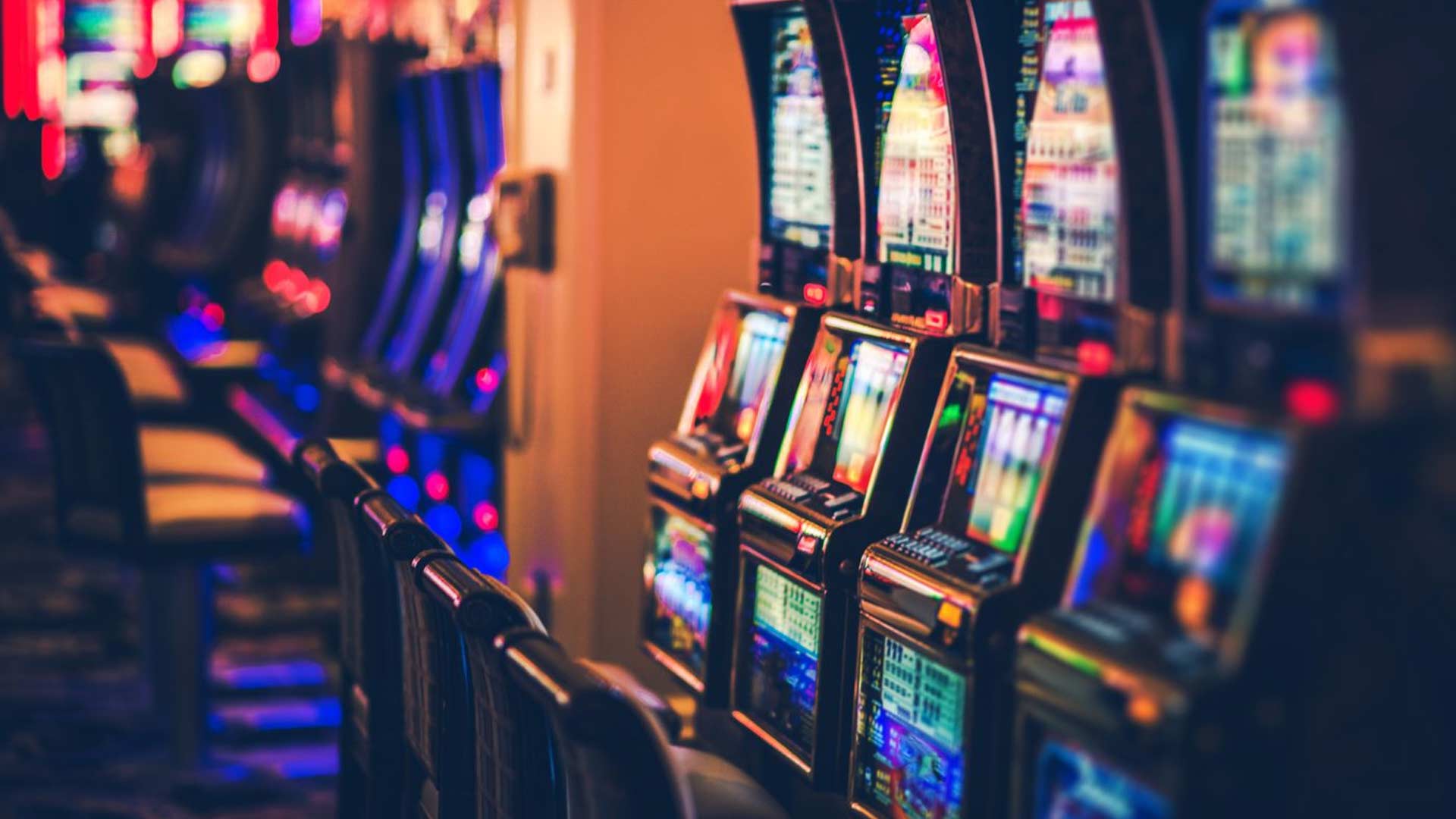From Bars to Reels: Slot Evolution
From Bars to Reels: The Unfolding Evolution of Slot Machines
The journey of the slot machine is a fascinating tale of innovation, transforming from rudimentary mechanical devices into the sophisticated digital entertainment hubs we know today. What began as a simple coin-operated contraption featuring rudimentary "bars" and fruit symbols has evolved into a multi-billion dollar industry powered by complex algorithms and stunning graphics. This incredible evolution, from the clunky "one-armed bandit" to the sleek, interactive "reels" of modern online slots, mirrors the broader advancements in technology and gaming culture.
The Mechanical Dawn: Liberty Bells and Fruit Symbols
The very first slot machine, the "Liberty Bell," was invented in 1895 by Charles Fey in San Francisco. This pioneering machine featured three reels, each adorned with five symbols: horseshoes, spades, diamonds, hearts, and a cracked Liberty Bell. A winning combination of three Liberty Bells yielded the highest payout. These early machines were purely mechanical, relying on springs and levers. Their simple, often rustic design and straightforward gameplay laid the foundation for an industry that would eventually sweep the globe.
Soon after, manufacturers began to introduce fruit symbols – cherries, lemons, and plums – not just for visual appeal but also to sidestep gambling laws by offering payouts in chewing gum, hence the origin of the "BAR" symbol, representing a bar of gum. These classic slots, often referred to as "one-armed bandits" due to their single side lever, became staples in saloons, barbershops, and general stores, offering simple amusement and the thrill of a potential win.
The Electro-Mechanical Transition: Introducing Automation
The mid-20th century saw the introduction of electro-mechanical slot machines, marking a significant step forward. Bally Manufacturing's "Money Honey," released in 1963, was a groundbreaking invention. It was the first slot machine to feature a bottomless hopper and automatic payouts of up to 500 coins without an attendant. While still retaining the iconic lever, the machine's internal operations were largely electric, allowing for greater speed, efficiency, and larger payouts. This blend of mechanical feel and electrical functionality paved the way for more complex designs.
The Video Slot Revolution: Graphics, Themes, and Multi-Lines
The true paradigm shift arrived with the advent of video slots. In 1976, Fortune Coin Co. introduced the first true video slot machine in Las Vegas, featuring a 19-inch Sony Trinitron color receiver for the display. This innovation allowed for the display of virtual reels, which could be programmed with an almost infinite number of symbols and combinations, vastly increasing the potential for larger jackpots and more diverse gameplay. No longer constrained by physical reels, designers could incorporate intricate themes, elaborate animations, and a multitude of paylines.
This era also saw the introduction of bonus rounds, free spins, scatter symbols, and wild symbols – features that are now standard in modern slots. These elements added layers of engagement and strategy, transforming simple reel spins into immersive gaming experiences. The Random Number Generator (RNG) became the core of these machines, ensuring fairness and unpredictability in outcomes.
The Online Era: Accessibility and Unprecedented Variety
The dawn of the internet in the mid-1990s heralded the most transformative period for slot machines. Online casinos emerged, bringing the thrill of the casino floor directly into homes worldwide. The digital format removed all physical constraints, allowing developers to unleash unparalleled creativity. Thousands of unique slot titles became accessible at the click of a button, each with its own theme, features, and payout structure.
Online slots offered convenience, anonymity, and an unprecedented variety that land-based casinos simply couldn't match. Players could switch between games instantly, try out demo versions, and access progressive jackpots that pooled contributions from players across multiple casinos, sometimes reaching staggering sums. Websites like m88 mansion slot exemplify the vast selection and accessibility available in today's online slot landscape.
Mobile Gaming and Beyond: Slots in Your Pocket
The proliferation of smartphones and tablets in the 21st century sparked another revolution: mobile slots. Developers optimized games for smaller screens and touch interfaces, making it possible to play anytime, anywhere. This accessibility further democratized slot gaming, attracting a new generation of players. From high-definition graphics to interactive mini-games, mobile slots continue to push the boundaries of what's possible on a handheld device.
Looking to the future, the evolution of slots shows no signs of slowing down. Virtual Reality (VR) and Augmented Reality (AR) are beginning to offer truly immersive experiences, transporting players into interactive 3D worlds. AI is being explored for personalized gaming experiences, while blockchain technology could enhance transparency and security. The integration of skill-based elements and social gaming features is also on the horizon, blurring the lines between traditional gambling and video games.
Conclusion: A Legacy of Innovation
From the clunking gears of the Liberty Bell to the seamless animations of a modern video slot, the journey of slot machines is a testament to human ingenuity and the relentless pursuit of entertainment. The transformation "From Bars to Reels" is not just a technological one; it reflects a deeper cultural shift in how we engage with games of chance. As technology continues to advance, one thing remains certain: the slot machine will continue to evolve, offering new and exciting ways to spin and win for generations to come.
tag: M88,



